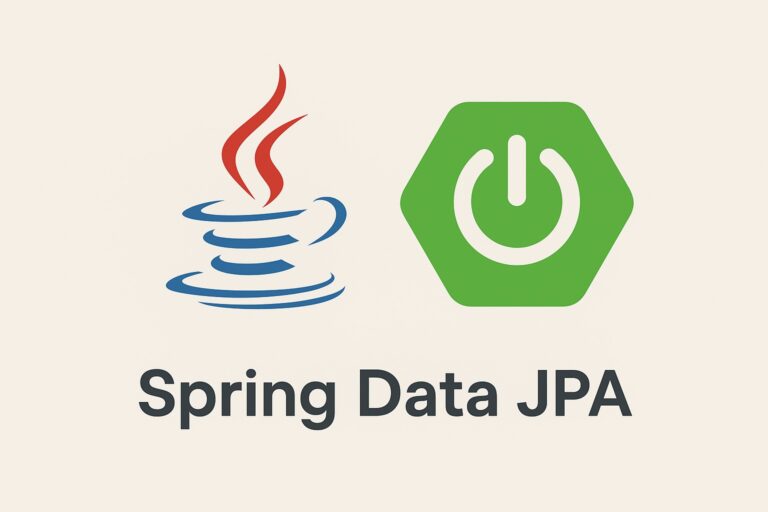Exploring Java 8 Streams: A Modern Approach to Data Processing
Java 8 introduced the Stream API, a powerful feature that allows developers to process collections in a functional programming style. Streams provide a clean and efficient way to manipulate data, making code more readable and reducing boilerplate. In this article, we’ll explore the basics of Java 8 Streams, their advantages, and some practical use cases.
What is a Stream?
A Stream is a sequence of elements that supports various operations such as filtering, mapping, and reducing. Unlike collections, streams do not store data; instead, they perform operations on the data and produce results. Streams can be sequential or parallel, making it easy to leverage multi-threading for performance improvements.
Key Features of Streams
- Declarative Style: Enables a functional programming approach.
- Lazy Evaluation: Operations are only performed when necessary.
- Parallel Processing: Supports parallel execution for better performance.
- No Modification of Original Data: Streams operate on a copy of the data rather than modifying the original collection.
Creating a Stream
Streams can be created from various sources, such as collections, arrays, or even I/O channels. Below are common ways to create a stream:
1. From a List
List<String> names = Arrays.asList("Alice", "Bob", "Charlie");
Stream<String> nameStream = names.stream();
2. Using Stream.of()
Stream<Integer> numberStream = Stream.of(1, 2, 3, 4, 5);
3. From an Array
String[] nameArray = {"John", "Doe", "Jane"};
Stream<String> arrayStream = Arrays.stream(nameArray);
Common Stream Operations
Streams provide various intermediate and terminal operations to process data.
1. Filtering Data
List<String> filteredNames = names.stream()
.filter(name -> name.startsWith("A"))
.collect(Collectors.toList());
This filters names that start with the letter ‘A’.
2. Mapping Elements
List<Integer> nameLengths = names.stream()
.map(String::length)
.collect(Collectors.toList());
This converts each name into its length.
3. Sorting Elements
List<String> sortedNames = names.stream()
.sorted()
.collect(Collectors.toList());
This sorts the names in ascending order.
4. Reducing Elements
int sum = numberStream.reduce(0, Integer::sum);
This sums up all elements in the stream.
5. Collecting Results
Set<String> uniqueNames = names.stream()
.collect(Collectors.toSet());
This collects unique names into a set.
Parallel Streams for Performance
For large datasets, parallel streams can improve performance:
List<Integer> numbers = IntStream.range(1, 1000).boxed().collect(Collectors.toList());
int sum = numbers.parallelStream().reduce(0, Integer::sum);
Parallel streams divide tasks across multiple threads for faster execution.
Conclusion
Java 8 Streams revolutionized data processing by introducing a functional approach that is both efficient and readable. By leveraging stream operations such as filtering, mapping, and reducing, developers can write concise and maintainable code. With the added advantage of parallel processing, Java Streams are an essential tool for handling large-scale data efficiently.
Start using Java Streams today to simplify your code and boost performance!



